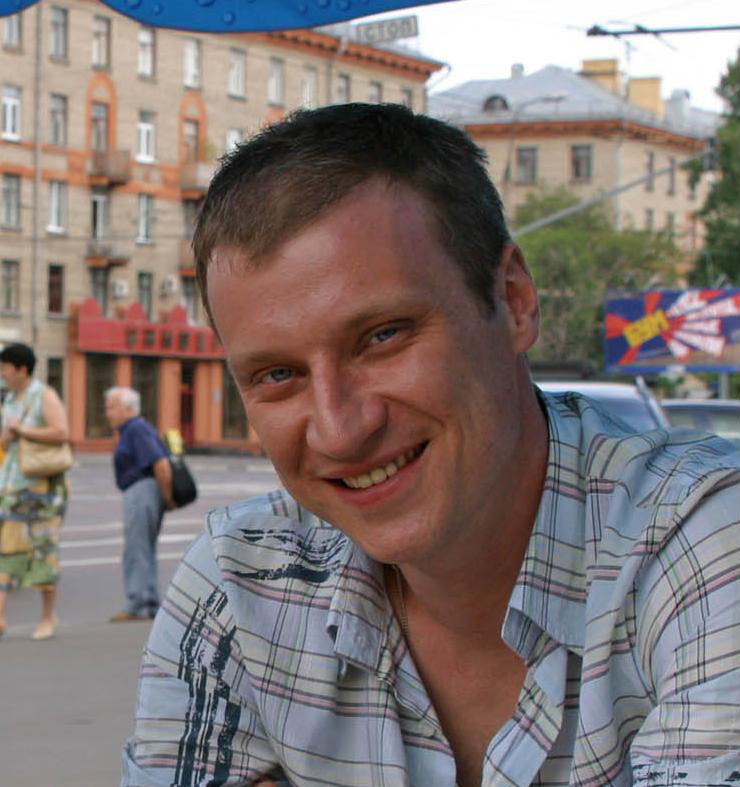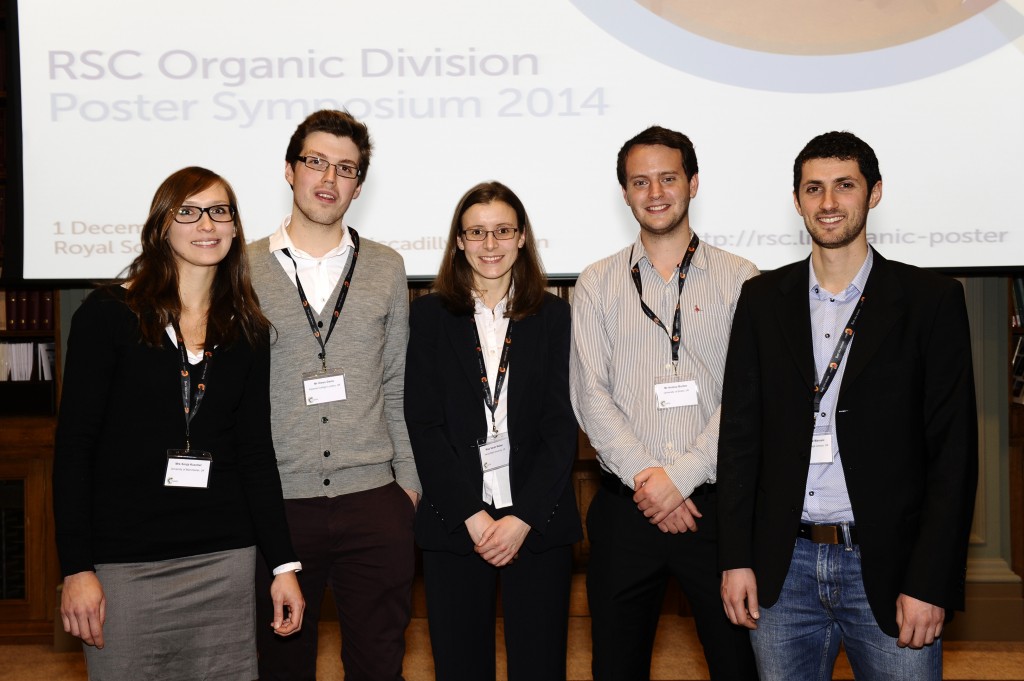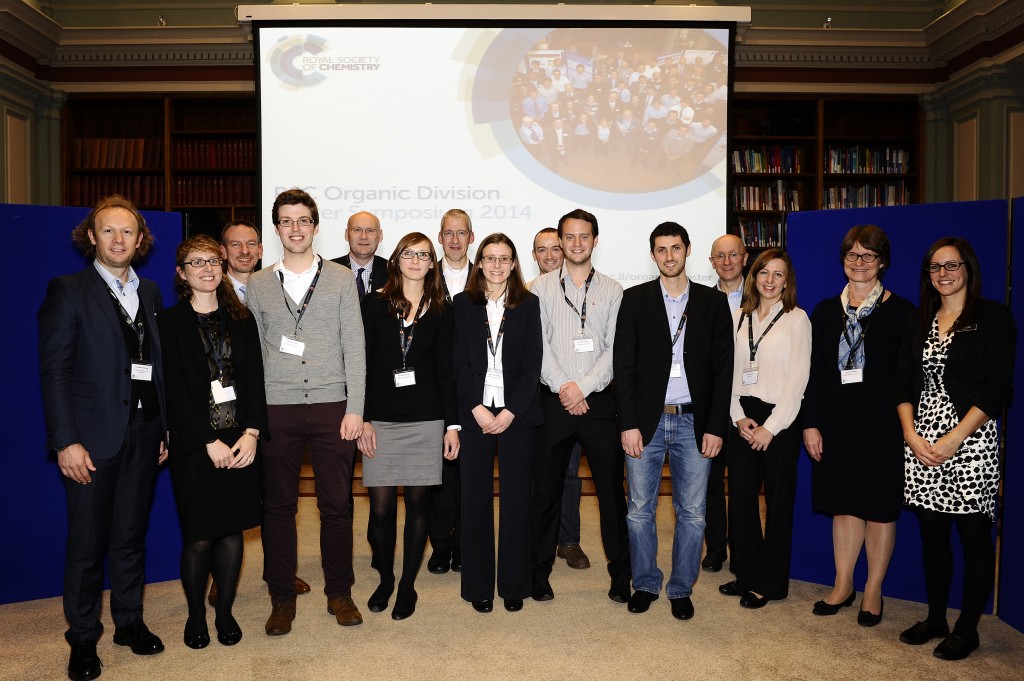A selection of conferences the journal will be attending in 2015.
The Organic & Biomolecular Chemistry team will be attending a number of conferences in 2015 and we would be delighted to meet you there.
We’re also the team behind OBC’s sister journals MedChemComm, Natural Product Reports, and Molecular BioSystems, so we’ll happily discuss your interdisciplinary research work. In fact, many of our authors choose to publish their research across all of these titles.
Spring
National symposium on Chemical Biology 18-19 February 2015, Mysore, India. Meet Deeksha Gupta.
Directing Biosynthesis IV 25 – 27th March 2015, Norwich, UK. Meet Marie Cote.
MedChemComm, 27-30 April 2015, Hyderabad, India. Meet Deeksha Gupta.
Grassmere Heterocyclic meeting 7th – 11th May, 2015, Grassmere, UK. Meet James Anson.
Summer
Royal Society of Chemistry Organic Chemistry Symposium Series 1st – 5th June 2015, Sendai, Tokyo, Kyoto, Japan. Meet Rich Kelly
American Peptide Symposium 20th – 25th June 2015, Orlando, Florida. Meet Rich Kelly.
ISMSC 28th June – 2nd July 2015, Strasbourg, France. Meet Marie Cote.
7th International Conference on Green and Sustainable Chemistry, July 5 – 8th, Tokyo, Japan. Meet Hiromitsu Urakami.
ESOC 2015 12th – 16th July 2015, Lisbon, Portugal. Meet Marie Cote.
RSC Organic Synthesis 20th – 23rd July 2015, Cambridge, UK. Meet James Anson.
9th CCS National Organic Chemistry conference, 31st July to 3rd August 2015, Changchun, China. Meet Guanqun Song.
9th National Chemical Biology conference, August, Tianjin, China. Meet Guanqun Song.
250th ACS National Meeting & Exposition 16th – 20th August 2015, Boston, USA.
25th International Society of Heterocyclic Chemistry Conference (August 23-28) in Santa Barbara, USA. Meet Jennifer Lee.
Autumn
18th RSC/SCI medicinal chemistry conference 13th – 16th September 2015, Cambridge, UK. Meet James Anson.
26th Symposium on Physical Organic Chemistry, 24 – 26th September, Ehime, Japan. Meet Hiromitsu Urakami.
13th International Kyoto Conference on New Aspects of Organic Chemistry , 9th – 13th November, Kyoto, Japan. Meet Hiromitsu Urakami.
Tateshina Conference, 13th – 15th November, Tateshina, Japan. Meet Hiromitsu Urakami.
BMOS-16 15th – 19th November 2015, Buzios, Brazil. Meet Rich Kelly.
Winter
Pacifichem 15th – 20th December 2015, Hawaii, USA. Meet Marie Cote.
Let us know if you are planning on attending any of these meetings, as we would be happy to meet you there!


































![Stereoselective intermolecular [2 + 2]-photocycloaddition reactions of maleic anhydride: stereocontrolled and regiocontrolled access to 1,2,3-trifunctionalized cyclobutanes Stereoselective intermolecular [2 + 2]-photocycloaddition reactions of maleic anhydride](http://pubs.rsc.org/services/images/RSCpubs.ePlatform.Service.FreeContent.ImageService.svc/ImageService/image/GA?id=C4OB01383B)








 A new sensing system that
A new sensing system that